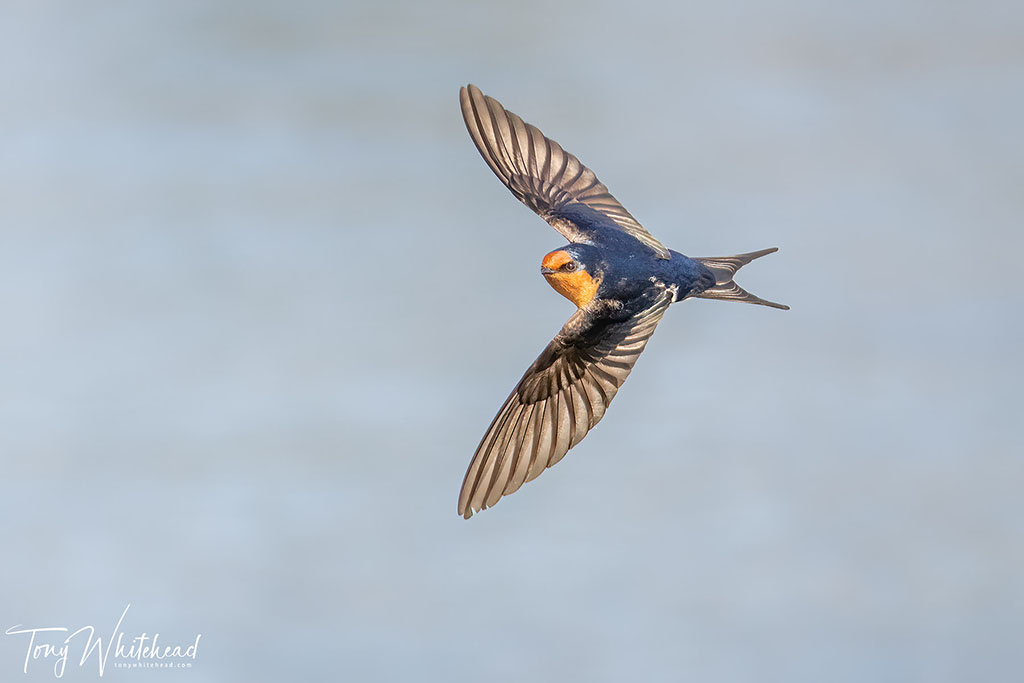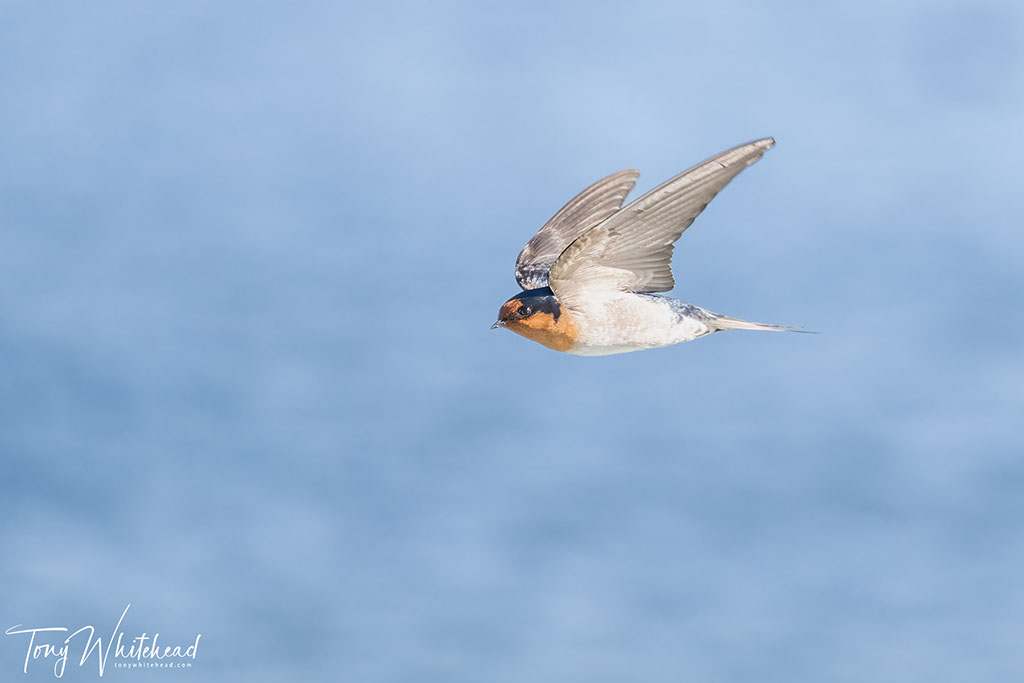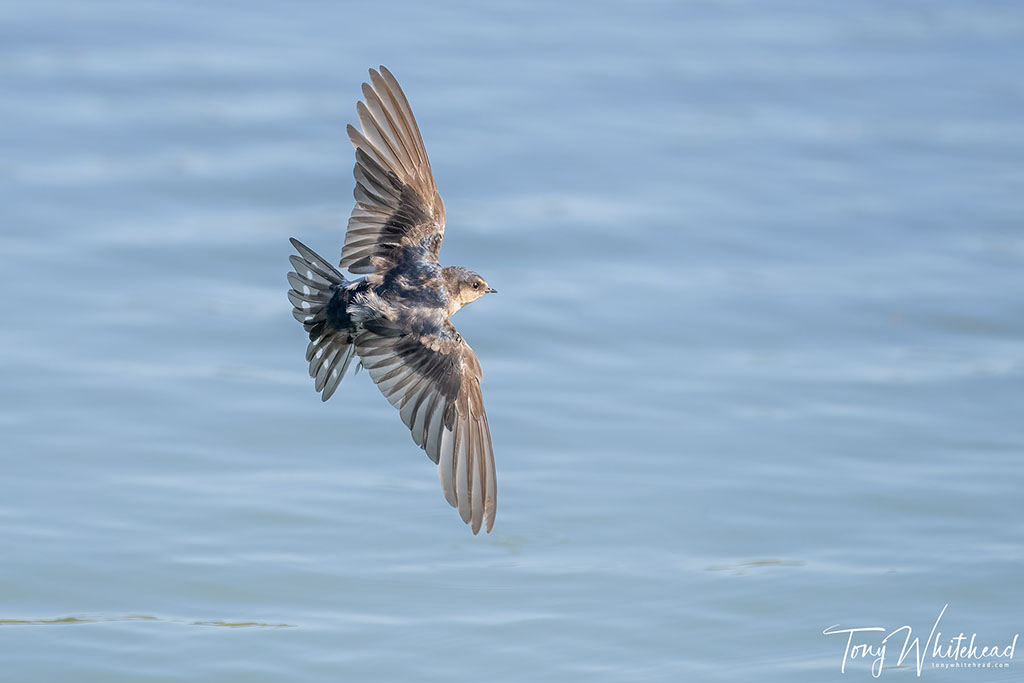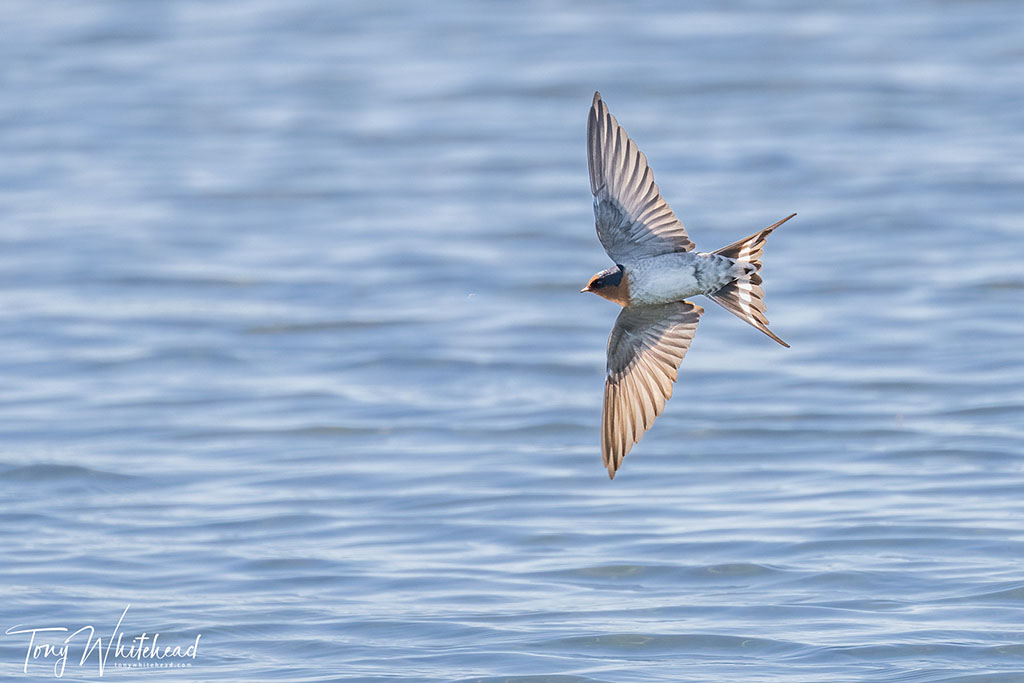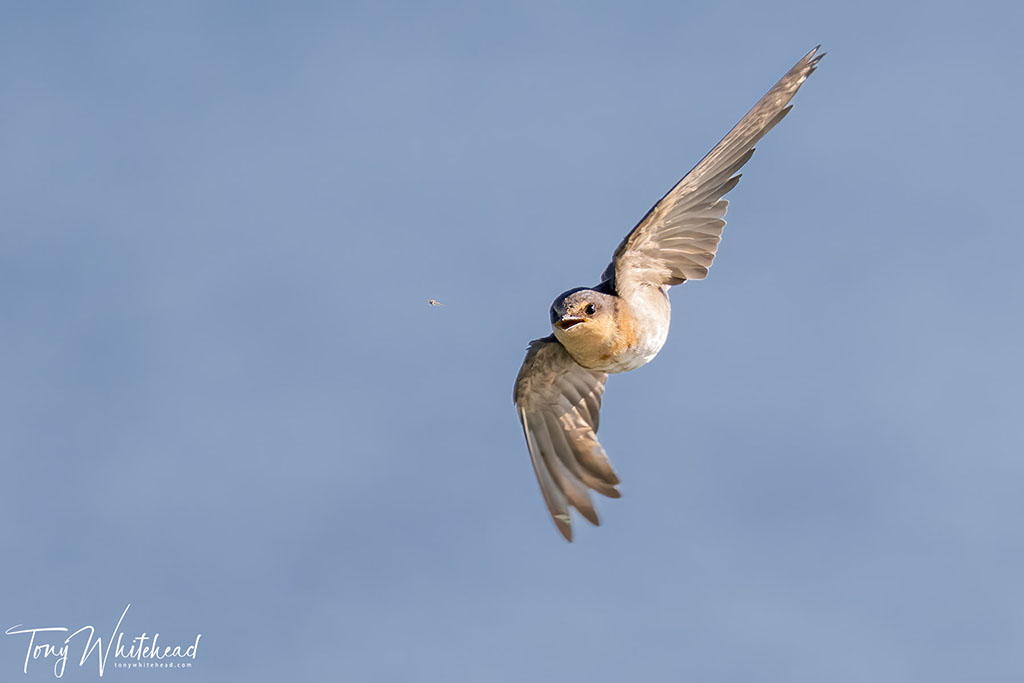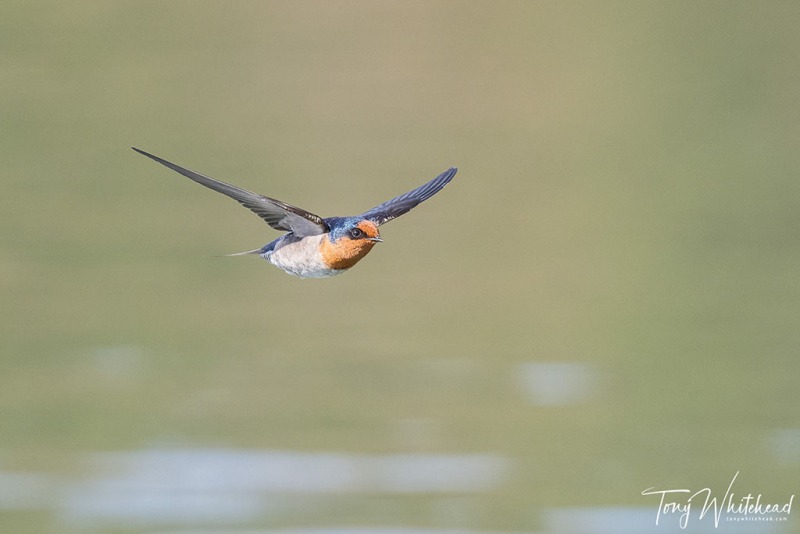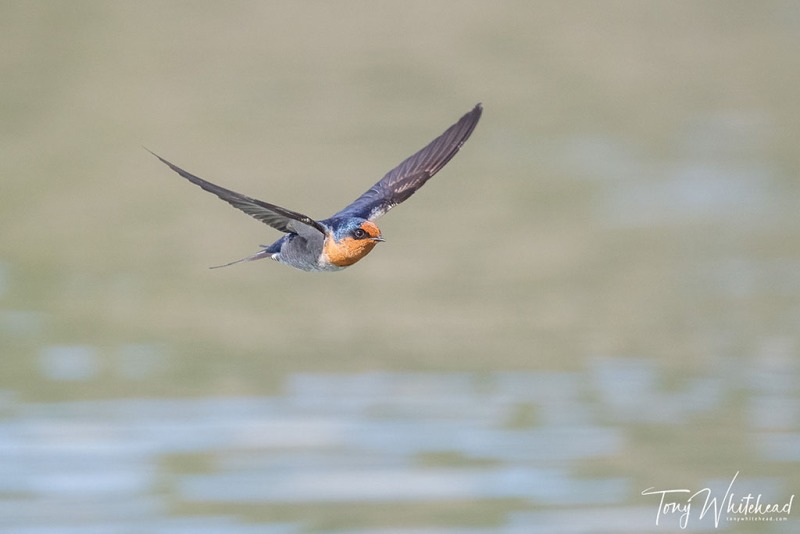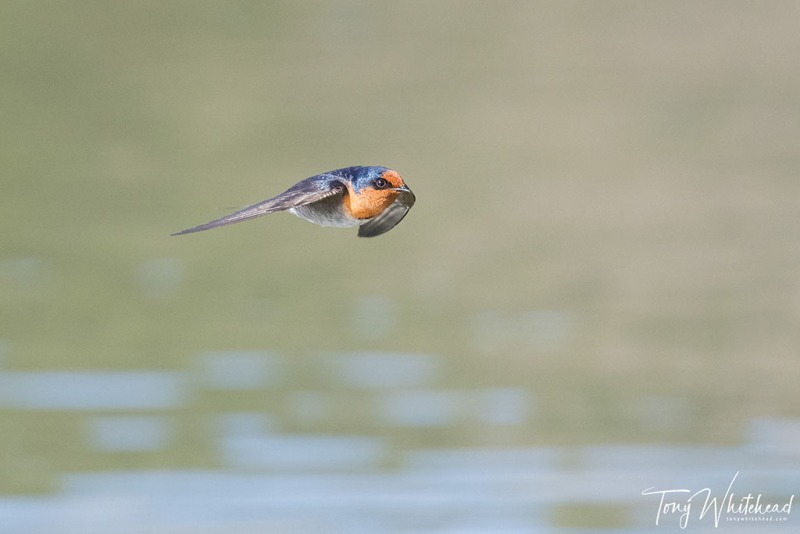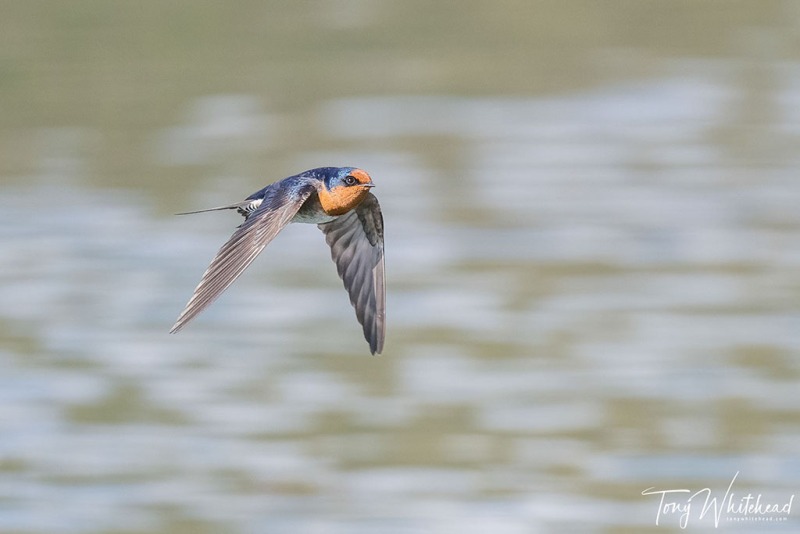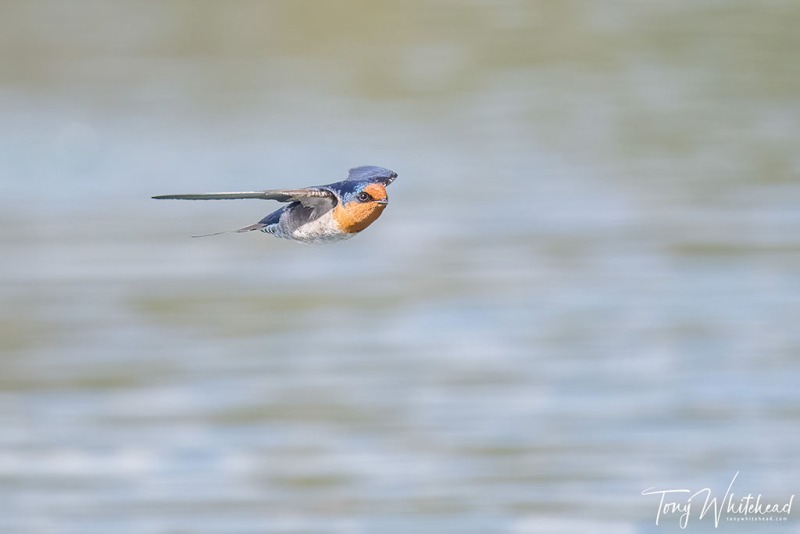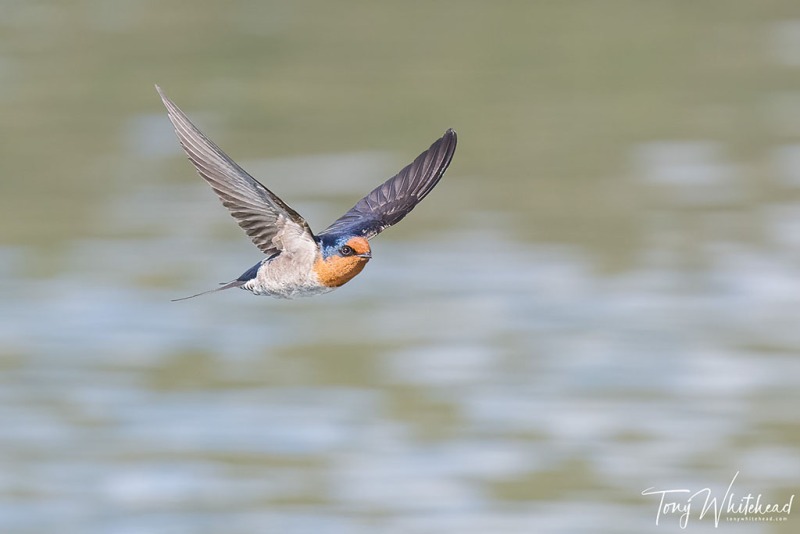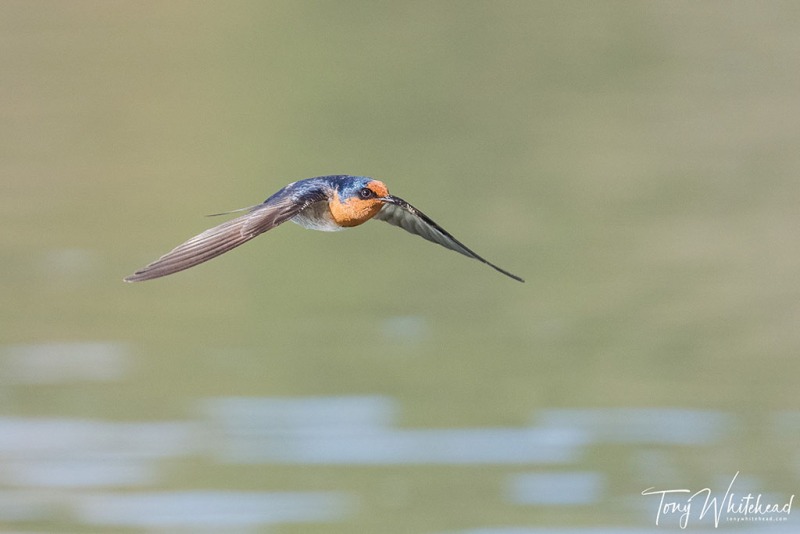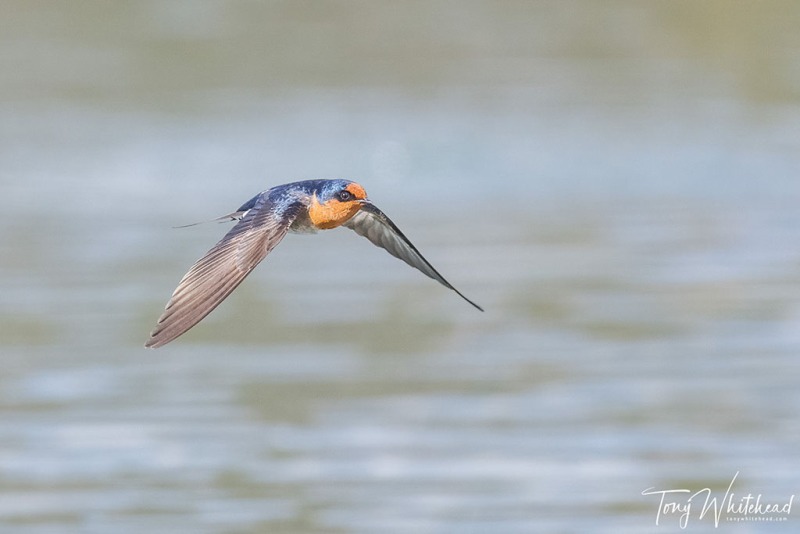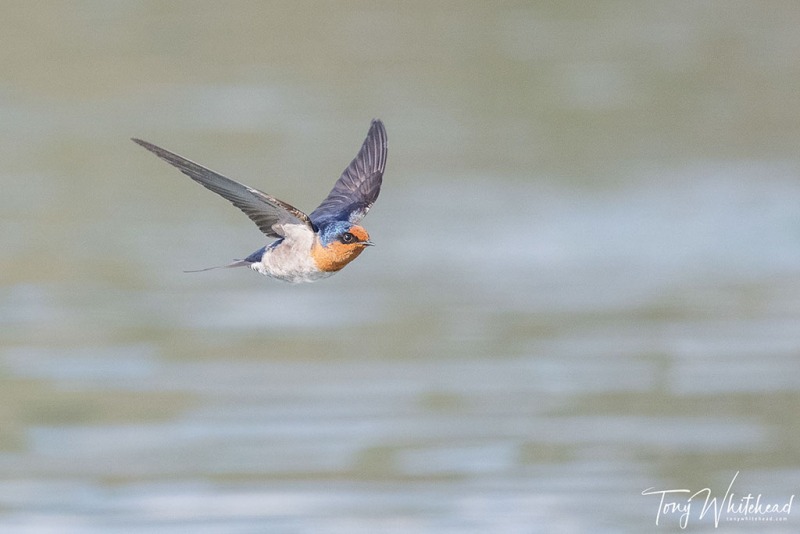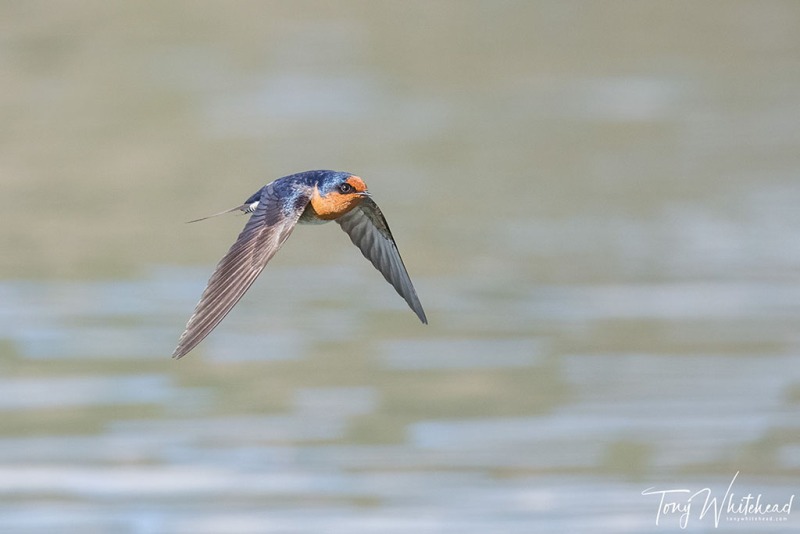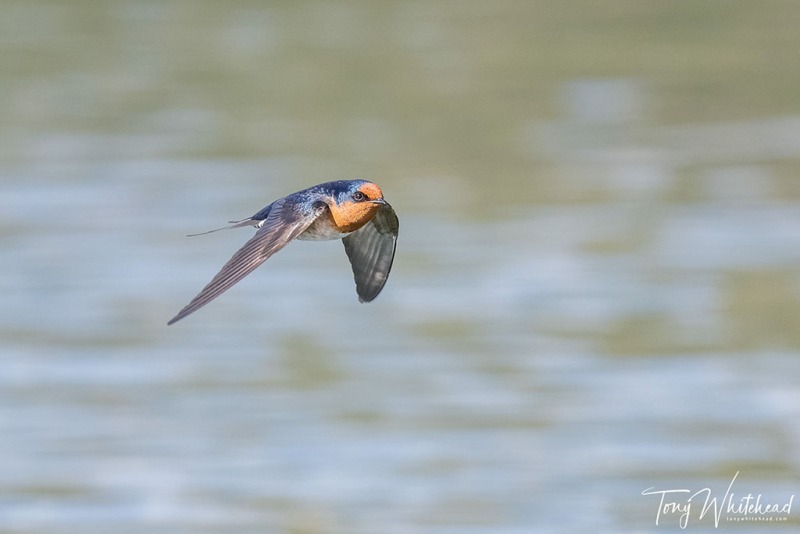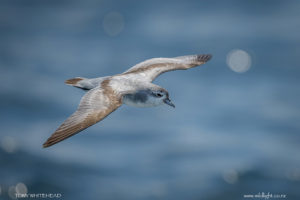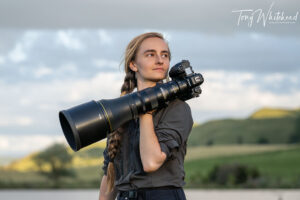Apologies to those who are sick of swallow pictures. This will be the last post for this series after the last 2 weeks exploring the Nikon Z9 with firmware version 1.00. This week we look at how it performs after the update to firmware version 2.00. Due to the huge number of variables it is impossible to make a precise statement so we are just talking subjective impressions. Bottom line is that it seems to be a good step forward.
My main issue with the Nikon Z9 has been the lack of a closest subject priority mode analogous to the Group Area AF that I used on my D850 and D500 for birds in flight. Prior to updating from firmware version 1.00 to 2.00 I did a bit more reading as one of the improvements announced was improved focus stability and tracking. For birds in flight I have been using Wide Area Large AF and this apparently does prioritise closest subject. I did some testing and it definitely did prioritise the closest subject within the focus area in a similar way to Group Area in the DSLRs. The issue was that it was not as good at locating a small subject against a clean background (small bird in flight against the sky) which is what gave me the impression that it was not an equivalent mode. I’m pleased to know that I wrong on this issue.
The one thing that really interested me about the version 2.00 firmware was the option to create custom wide area focus options. One of the things that made the D500 a better option than the D850 for Swallows in flight was that the AF area covered a larger area of the frame. When tracking small, fast and erratic birds, the more area covered by focus points the easier it is to acquire and then track focus. Even in Wide Area AF the area covered was relatively small so my first adjustment was to create a larger option that covered more of the frame. This seems to have made it easier to hold a darting swallow within the focus area and lock focus. Once focus is locked the system seems to happily track it out even to the edge of the frame.
I have now had a chance to use the Nikon Z9 with firmware version 2 with both the Nikkor Z 100-400mm f4.5-5.6 VR S and the Nikkor 500mm f4PF with FTZii and am very comfortable to say I am quite confident that I can capture good sequences of sharp images if I do my part well. I remain confident in the D500mm with Nikkor 300mm f4PF combination which is smaller and lighter but feel that the Z9 combinations provide more sharply focussed images.
The best way to illustrate this is with a sequence of images shot while tracking a swallow in flight with the Z9 and 500PF combo. The images in the gallery were 12 sequential shots taken from a burst of 17 at 20 fps. All 17 were sharply focussed.
I think it’s fair to say that I have recently shot more sharp swallow photos than I have in the past. It is also fair to say that I have spent more time photographing swallows than I have in the past. The question is how much are the improved results due to practice making me better and how much is due to the camera being better. There is no way to definitely answer that so we are back to subjective impressions. My gut feeling is that the Nikon Z9, especially since the upgrade to firmware version 2.00, is a better tool for the job. It is heavier but the focus once acquired seems stickier and more accurate. There is still the issue of locking onto a small subject against a clear sky which seemed easier with the DSLR bodies. Getting a sequence of over 12 sharply focussed images is not something I think I would have ever got with the D500 or D850. With the DSLR its was a matter of a few sharp images in a sequence. Partly this is because the Z9 is more forgiving and will track focus to the edge of the frame and the DSLR would need me to keep the subject within the focus area which, with a reaction time of 0.22 seconds, is not easy to do with jinking bird. This, with the higher frame rate for the Z9, means there are more sharp images to choose from.
In this journey I have gone from having most confidence in the D500, 300mm f4PF combo to probably having more confidence in the Z9 with 100-400 or 500mm f5.6PF combo but realistically both setups are quite capable with a challenging subject like flying swallows. The Z9 combination is heavier and less fun to use but is capable of achieving better results if used well. Part of this is the autofocus and part of it is the higher resolution sensor which gives more cropping ability which is very useful with small subjects. I would happily use either tool for this job but would now favour the Z9. Subject recognition with eye detection is a useful step forward in certain situations but it is important to remember that some of the hype around these things is marketing and DSLRs have been achieving fabulous images for a long time and are still extremely capable cameras, especially compared to those of a few years back. I would choose a Nikon DSLR over any Nikon mirrorless apart from the Z9. The caveat being that I have not used a Z7ii with the latest firmware so cannot compare that.
Individual photos with Nikon Z9 and Nikkor 100-400mm f4.5-5.6 VR S. Slideshow gallery photos with Nikon Z9 and Nikkor 500mm f5.6PF with FTZii adaptor.
